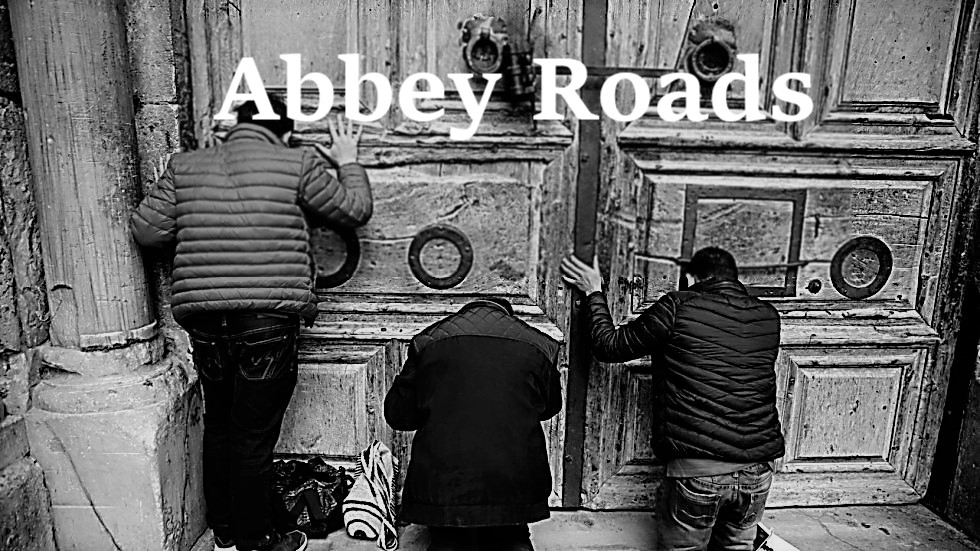
The priest with the stigmata.
I painted this icon of Padre Pio several years ago, before he had been beatified. It now resides in the exquisite "Winter Chapel" attached to the Church of St. Louis, King of France in St. Paul, Minnesota. It hangs across from the confessional. It is a chapel filled with fine art and architectural detail, so I am honored that it was chosen for the space.
I painted it one day after a vivid dream the night before, a dream that seemed more like a vision. In the dream, I was in Moscow's Red Square and entered the cathedral of St. Basil. When I looked up, the dome exploded off, and there was Padre, in the sky in this pose, blessing the world, the sky behind him all aflame, red and golden.
I never expected him to be canonized in my lifetime. It seemed only very traditional and pious Catholics continued to pay any attention to him after his death. I more or less hid my devotion lest I be considered one of these people. Priests and monks I knew were suspicious of Padre Pio, his charismata, his seemingly pre-Vatican II spirituality, as well as his chapel veiled followers. I never told anyone when I went to his tomb to venerate his relics, which was a great grace for me. Since my early childhood I had always hoped to visit him, but it was only after his death that I was able.
Then John Paul II declared this man a saint, the man other popes were suspicious of and who preferred silenced and out of the way, which his bishop and superiors did for a time. As a saint, held forth for the entire Church to venerate, he has become a figure open for all Christians to revere, with the example and witness of his life to instruct and guide the faithful in the way of holiness. He was something of a prophet, holding on to the solid traditions of the Roman Catholic faith, the very same sacred traditions being renewed in our day.
Pray for us St. Pio, that we may be made worthy of the promises of Christ. Amen.
[Prints of the icon may be obtained from Bridge Building Images.]






